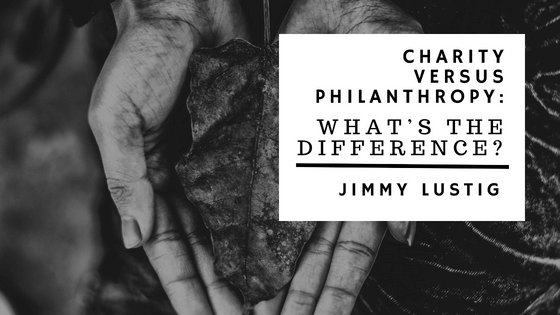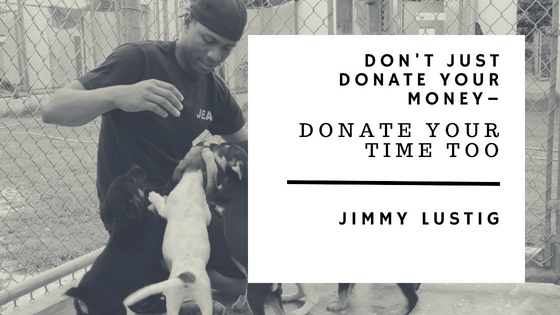In this day and age, sports fans around the world demand far more philanthropic activity from athletes than ever before. With athletic contracts and sponsorship deals putting many of today’s athletes into countless Forbes “wealthiest people” lists, it would be quite surprising if these athletes were not giving back to their communities or donating to charities. Fortunately, many of today’s superstar athletes make it a priority to pursue philanthropic endeavors, propelling some of them to even start their own non-profit foundations.
The Top 10 Most Philanthropic Athletes
- Serena Williams – The world-famous tennis superstar is arguably the leading philanthropic athlete, donating her time and money to a broad range of charities around the world, most notably including UNICEF.
- Colin Kaepernick – This NFL star has a bad reputation amongst some football fans, however, the former football player has taken up activism full-time and has donated a large portion of his NFL earnings to causes like social justice and education.
- Ronda Rousey – MMA’s top female athlete of all time has spent a lot of her free time helping out underprivileged children, teens, and young adults.
- Cristiano Ronaldo – Soccer’s megastar might be one of the wealthiest athletes in the world currently. He is well known for helping children’s hospitals, schools, and other foundations. He also has a habit of donating his winnings from various competitions to charitable causes.
- Lebron James – He is arguably in the top 5 list of greatest NBA stars to ever play the game. His off-court charity game is equally as impressive as he donates time and money to children’s education through his self-named organization.
- John Cena – WWE is officially classified as a sport, despite its theatric qualities. There is no acting, however, behind Cena’s leading role in the Make a Wish Foundation charity, helping to grant over 500 wishes so far. He is also invested in spreading awareness and raising funds to beat breast cancer.
- Conor McGregor – Despite his bad-boy image, Conor is heavily involved with Irish charities and mentorship programs. He has donated to help out homeless shelters, children’s hospitals, and more.
- Michael Phelps – The most decorated Olympic athlete of all time is also the most giving. Phelps has donated millions of dollars of his own money and his time to help underprivileged kids through his own organization.
- Carlos Beltran – Baseball’s most charitable player is without a doubt Carlos Beltran. He is known to occasionally drop millions of dollars into children’s charities that he supports, and has started his own organization to provide hurricane and natural disaster relief.
- Tiger Woods – Despite his marital meltdown and slight fall from grace, Woods has always been a huge giver and continues to be. He is particularly well known for helping impoverished young adults pay for college.





